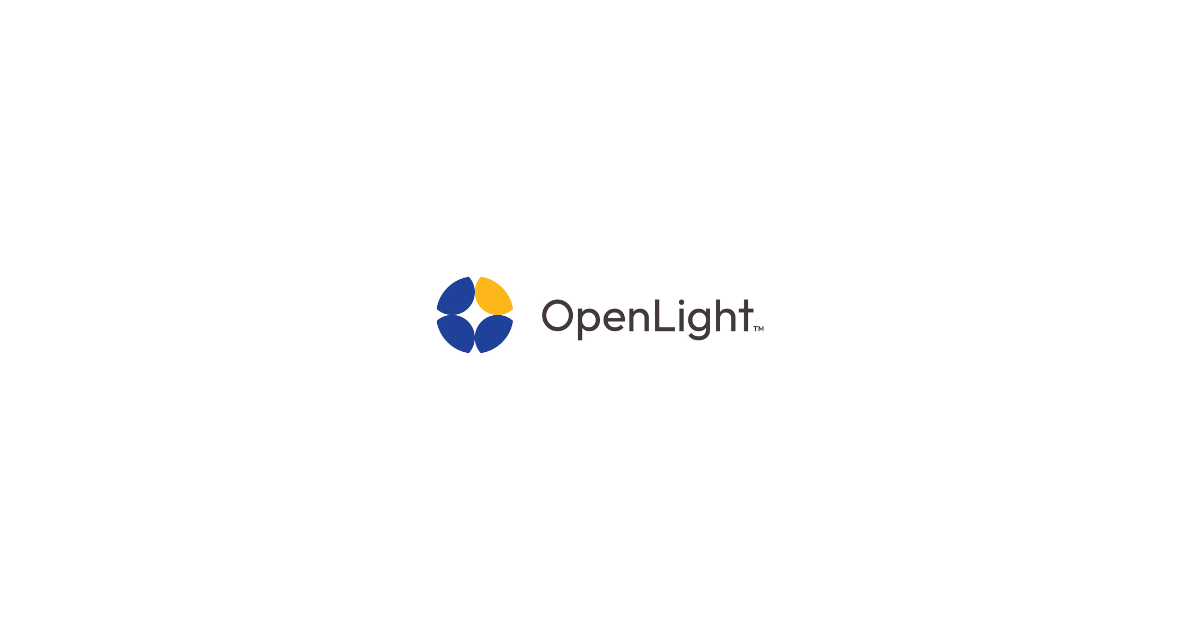OpenLight Unveils 1.6Tb Photonic Integrated Circuit for AI and Datacenters

OpenLight has announced the sample availability of its first 1.6Tb DR8 DFB-based photonic integrated circuit (PIC), as stated in a press release. This new technology is designed to address system complexity and cost pressures, offering a data rate of 1.6Tb at 200G per lane, making it suitable for datacenter networking and AI applications.
The PIC, which integrates OpenLight's 1310nm Distributed Feedback (DFB) lasers and InP-based 224G electro-absorption modulators, aims to reduce power consumption and costs by enabling a higher level of integration compared to traditional technologies. It eliminates the need for externally coupled CW laser sources and simplifies packaging requirements, achieving 90% coupling efficiency between active elements and the silicon waveguide.
OpenLight's 1.6Tb DR8 PIC, which includes four DFB lasers, eight 224G modulators, and eight Semiconductor Optical Amplifiers (SOAs), consumes less than 2.7W at 80°C. The company has made samples available immediately, with an evaluation board expected by the end of March 2025, and beta samples for module and transceiver qualification anticipated in Q3 of 2025.
We hope you enjoyed this article.
Consider subscribing to one of our newsletters like Silicon Brief or Daily AI Brief.
Also, consider following us on social media:
More from: Data Centers
Subscribe to Silicon Brief
Weekly coverage of AI hardware developments including chips, GPUs, cloud platforms, and data center technology.
Whitepaper
Stanford HAI’s 2025 AI Index Reveals Record Growth in AI Capabilities, Investment, and Regulation
The 2025 AI Index by Stanford HAI provides a comprehensive overview of the global state of artificial intelligence, highlighting significant advancements in AI capabilities, investment, and regulation. The report details improvements in AI performance, increased adoption in various sectors, and the growing global optimism towards AI, despite ongoing challenges in reasoning and trust. It serves as a critical resource for policymakers, researchers, and industry leaders to understand AI's rapid evolution and its implications.
Read more
